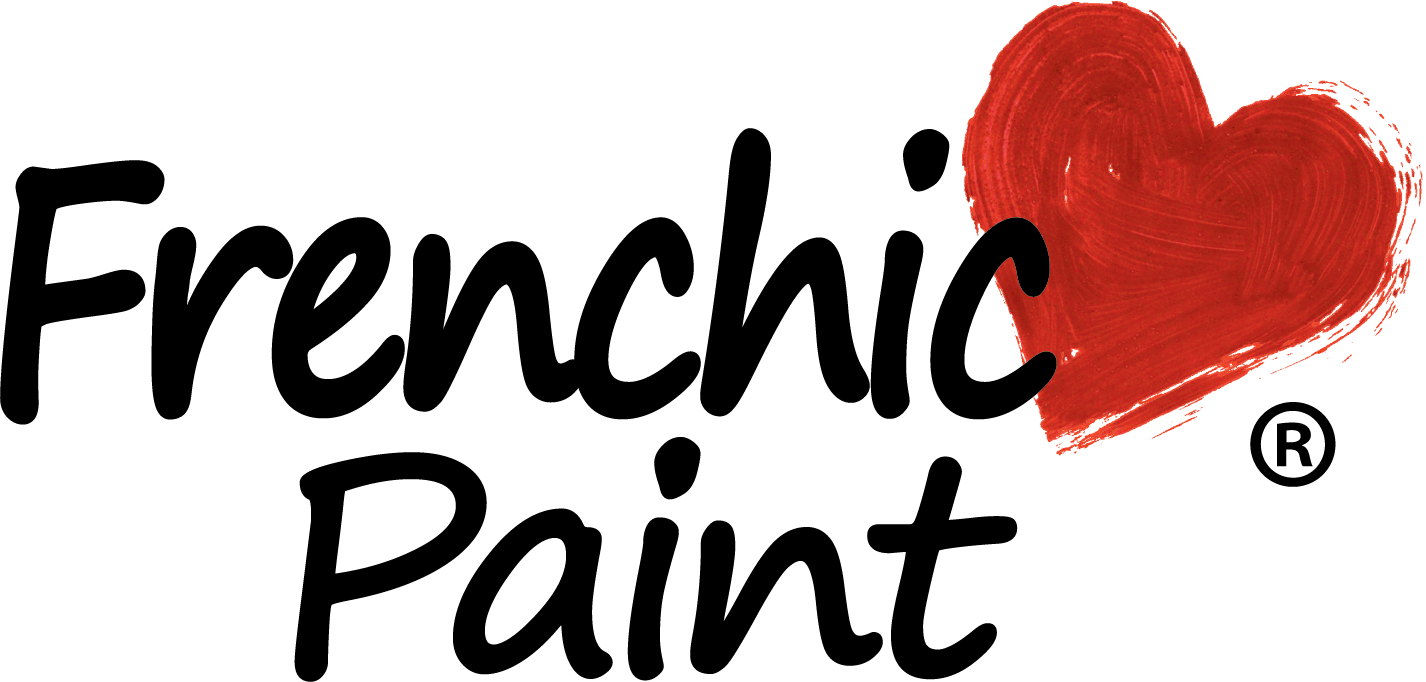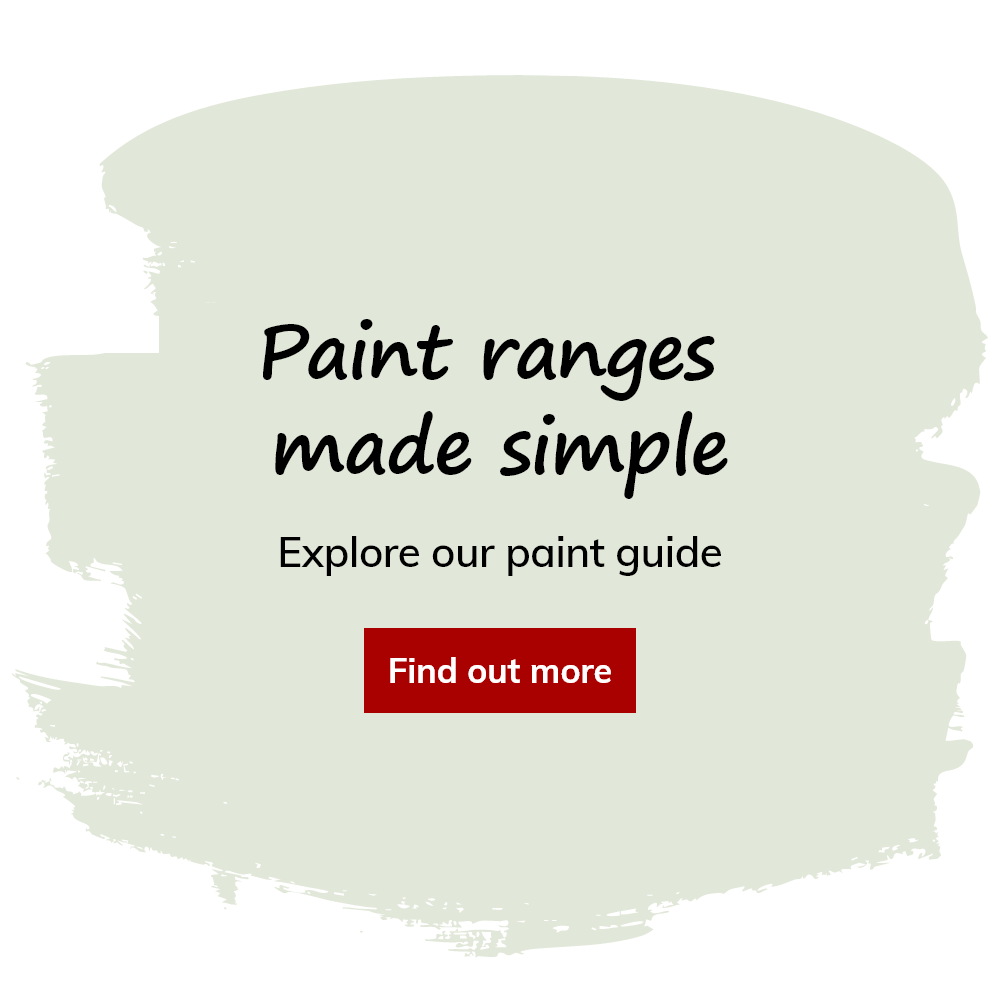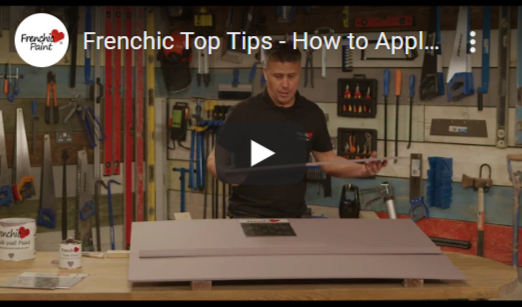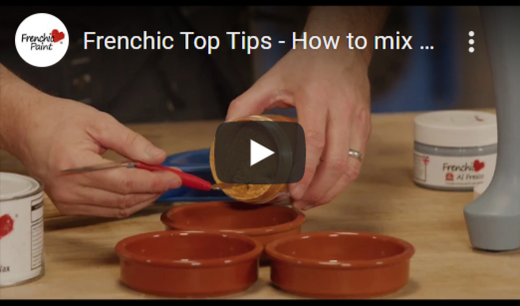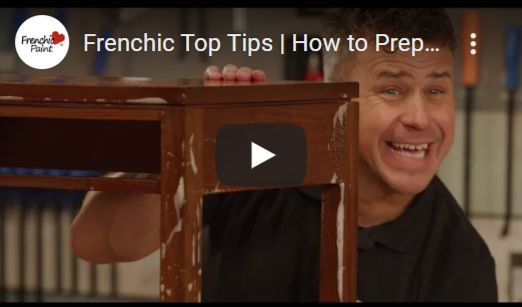How to Apply Chalk Paint to a Wall
Are your walls looking tired and outdated? Do you want to give them a new lease of life? You can do exactly that with our incredible chalk wall paint. Some people avoid this type of paint because it seems unfamiliar and they don’t know how to apply chalk paint to a wall.
However, it’s much simpler than you might think. In this guide, with the assistance of our brand ambassador Craig Phillips, we’ll walk you through the main points and highlight any possible obstacles.
What is chalk paint?
Not to be confused with chalkboard paint (blackboard), chalk paint is renowned for its appearance and ease of use. A specialised type of paint, our product is developed to enhance any room by providing superior coverage and a long-lasting finish.
Chalk wall paint is ideal for any room or space in your home, yes, including kitchens and bathrooms! Ultra-matte but perfectly practical too with a robust finish and a great range of on-trend colours.
Its densely pigmented formula means fewer coats are required, saving you money and making your room transformations quicker! Last but not least, it dried quickly and has almost no odour so you will love using it.
How to apply chalk wall paint to a wall
What you’ll need:
- Chalk wall paint - Craig uses Velvet Crush wall paint
- A roller and a brush
- Sandpaper or a sponge
- Sugar Soap
Step 1: Smooth down the surface and clean
Like all paint, chalk wall paint works best when it is applied to a well prepared surface that isn’t rough or bumpy. The prep you do will serve you well by ensuring a smoother finish and great coverage that you’ll love.
Craig is demonstrating on a board, but for your walls at home you will need to clean with sugar soap to remove and dirt, grease or nicotine. Rinse and allow to dry. Then look for defects or holes and fill as required.
Sand down any rough or uneven patches including any areas you have needed to fill - you can use an electric sander but hand sanding is usually sufficient.
Once you’re happy with the wall’s surface area, it’s time to put some paint on your roller and move onto the next step.
Step 2: Apply with a roller and a brush for cutting in
You can use a paintbrush for the whole project if you prefer, but Frenchic chalk wall paint is perfect for a roller too so this speeds things up! Paint about 5cm around the edges where the walls meet each other and the ceiling with a brush - called 'cutting in' - as you go, before painting that area with the roller.
Applying couldn't be simpler. Make sure your roller has plenty of paint on it – Craig uses Velvet Crush in our video.
The paint has fabulous coverage and may not look like it needs 2 coats but we recommend two - you only need to wait a couple of hours between coats. When it’s done, there’s only one more thing to do.
Step 3: Let it dry
All that’s left to do is let the paint dry before you start getting more creative if you want to add further effects as Craig in the video. Or you can channel your inner interior designer and let your creative juices shine through.
What’s the difference between Frenchic’s chalk and trim paint?
Eagle-eyed viewers will notice that Craig uses two different types of paint in the instructional video. The first is the chalk paint, which has an incredible matte texture. The second is Trim Paint.
Our Trim Paint isn’t the same as the other flat or matte chalk paints, offering a different finish. The paint has a soft satin sheen, meaning it stands out more and acts as a focal point. It’s excellent for walls, furniture or skirting boards. Alternatively, like Craig, you can use it with stencils to create a decorative effect.
More DIY tips and tricks
Painting a wall sounds like a straightforward job on paper. In reality, it can get pretty complicated very quickly. If you require assistance, you don’t need to down tools and call a professional. Instead, go to Frenchic TV to check out more of our helpful how-to videos.

